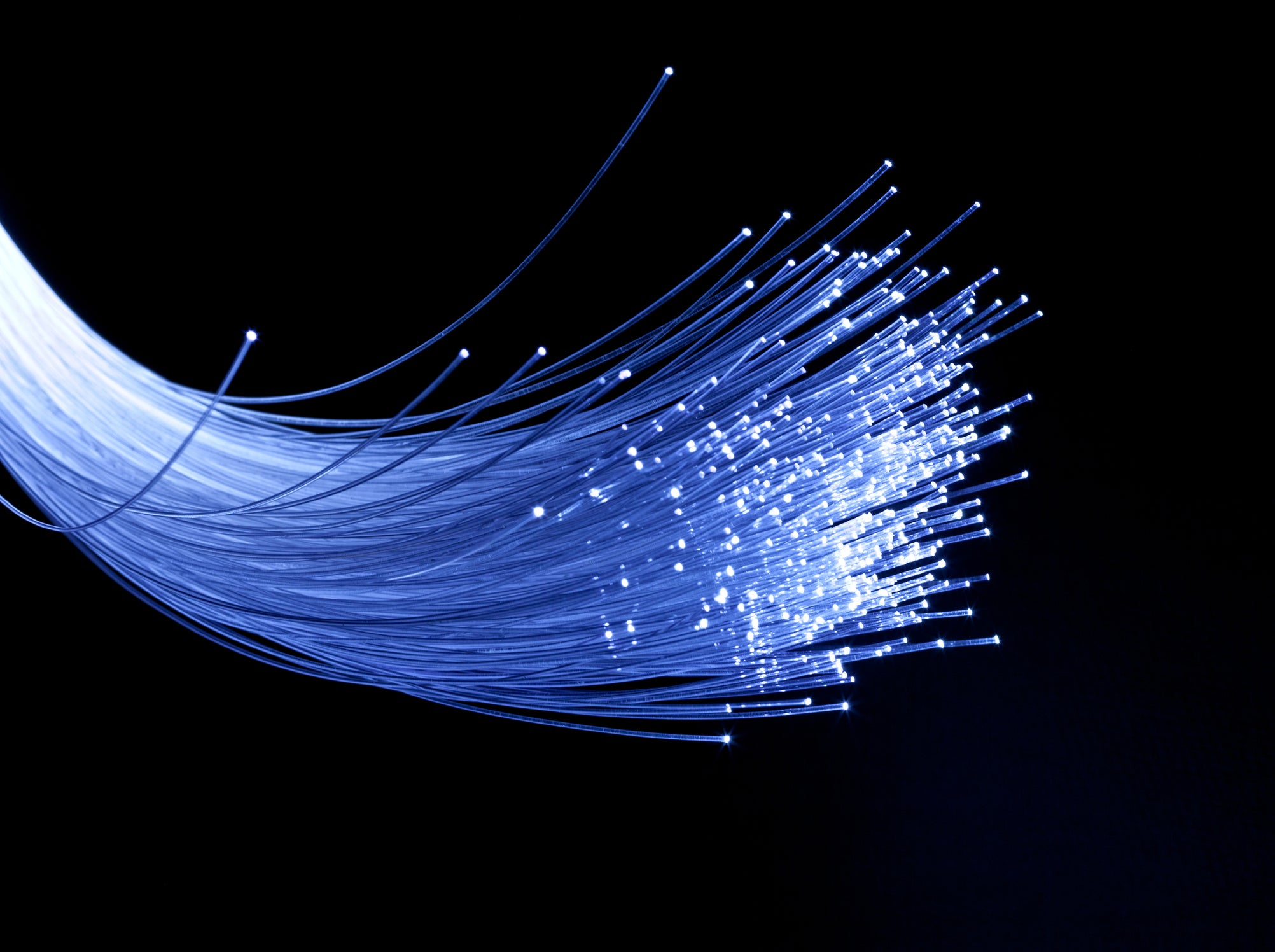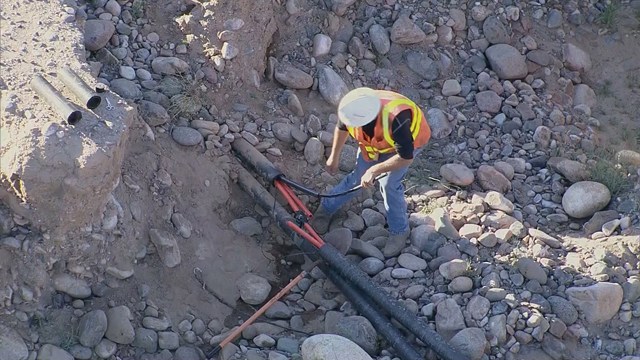
These days, most organizations rely heavily on cloud-based services for everything from phones and email to billing, inventory management, customer relationship management, training and more. We are leveraging Software as a Service (SaaS) more and loading less onto local servers. As a result, bandwidth requirements have skyrocketed.
Fortunately, fiber optic and other Gig speed services are available in many areas around the globe. In fact, you may be able to get all the bandwidth you need from one provider, on one circuit. But that introduces a huge risk of network outages. Fiber is great, but it’s not invincible! On the contrary, being single-threaded puts you just one backhoe mishap or transformer explosion away from extended, expensive downtime.
Redundant Connections Are Essential
Networking best practices include installing redundant Internet connections from different providers and a device to facilitate automatic failover. The secondary connection doesn’t have to be as robust as your fiber ring – but it does need to handle core business functions while repairs are being made on that primary circuit. Remember, those repairs could take hours – or days.

This is particularly true for businesses with remote locations that rely on the HQ data center or the cloud for mission-critical resources. If the Internet connection goes down, so does access to vital business services. When the “beyond fast” service stops working, productivity grinds to a halt and users get beyond frustrated.
What does this mean for network infrastructure? It’s not safe to have a single Internet connection feeding an office, no matter how much bandwidth it supplies. Especially in the case of organizations that rely on Citrix, SaaS, UCaaS and other cloud-based services, provisioning multiple communication links from multiple providers is now an essential part of the technological infrastructure. If one carrier is having intermittent issues or their service drops altogether, you must have a secondary line from a diverse carrier onto which outbound and inbound traffic can failover.
The Case For Multiple Carriers
Even the most reliable telecommunications providers acknowledge some probability of service disruption. Most public broadband Internet providers do not offer any service level guarantees. Unless your area is hit with a major disaster like a hurricane or forest fire, it’s unlikely two providers will experience service issues at the same time. By leveraging two or more providers, organizations mitigate the risk of an outage or intermittent service disruptions. Redundancy and automatic link failover, provided by an intelligent SD-WAN controller, should be a critical piece of every organization’s business continuity planning, as well as a key to optimizing daily performance.
Leverage All The Bandwidth of Standby Links
When you move applications and services to the cloud to increase IT efficiency, you’ll need additional network bandwidth to ensure proper application performance. It doesn’t do much good to launch a cool new initiative only to have it creep, crawl or crash. So use all the bandwidth you have, all the time. Make a standby line an active part of your network.
It’s easy to manage multiple connections with an intelligent SD-WAN controller. This allows an organization to spread Internet traffic and user applications across all the communication links and use all the available bandwidth – up to 20 Gbps in the case of Ecessa solutions – all the time. If one line fails or suffers degradation, traffic is automatically moved from that line to the better performing lines until service is restored.
The Bottom Line – Keep Business in Business With Redundancy
An increase in Internet bandwidth and automatic failover to a secondary link ensures that staff members can carry out all their online processes, without delays or interruptions. As one of our customers put it, “My primary vendor had a fiber cut, which of course dropped our services immediately. The Ecessa appliance was flawless with all traffic switched over to the secondary service within a second. Guess what, exactly ZERO people called in about the outage! A couple months earlier and I would’ve had over 100 calls and been unable to do anything. Now it was (almost) a normal day. That was cool!”
Another client, Sunstone Circuits, shared a similar experience. Their fiber line was cut during bridge construction, but they were able to continue operations thanks to automatic failover. You can read how redundancy saved the day in their case study.
Find out more about Ecessa solutions for Internet redundancy by calling 800.669.6242 or sending email to sales@ecessa.com.
